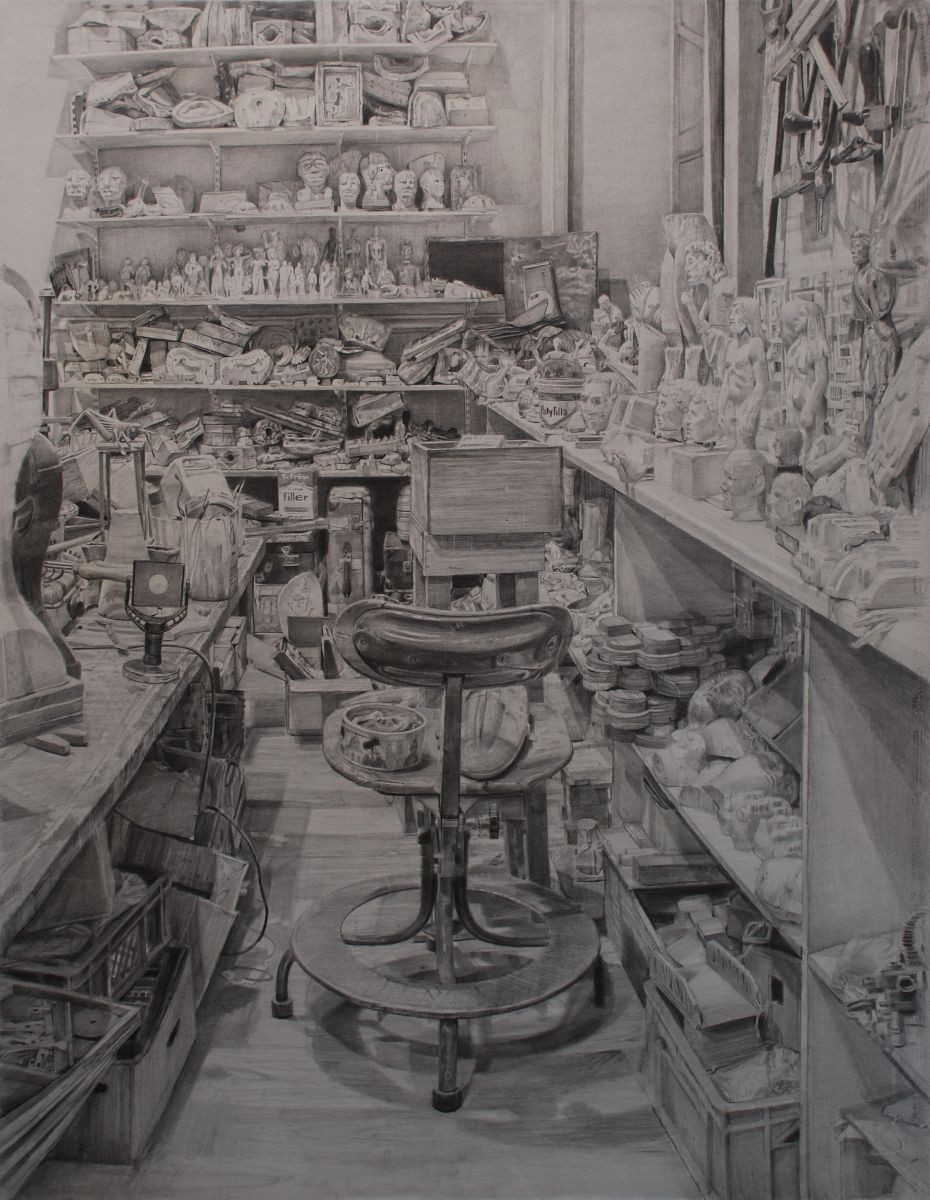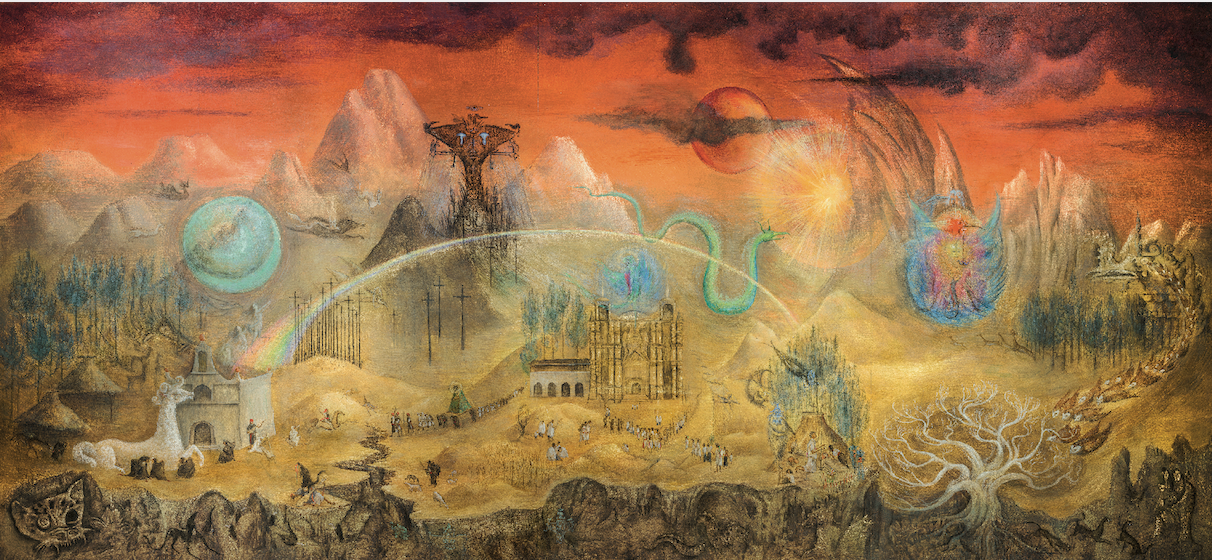Exhibitions
El Bòlit reviews identity and gender in "My body knows unheard songs..."

The Bolit Center d'Art Contemporani opens on February 17th the exhibition My body knows unheard songs, the flesh says to see, I am spacious flesh that sings: a research on gender, monstrosities and becoming other, show that unfolds in the Bòlit_PouRodó and the Bòlit_StNicolau until April 30, 2023 and which is curated by Ingrid Guardiola and Marta Segarra.
This exhibition and the activities that accompany it is a collective research on cultural issues linked to identity and gender based on a work on the body and abnormality, that is to say, on those "radical alterities" that they question the norms, the figurations and what is expected of a body.
In 1975, Hélène Cixous published one of the most cited texts in feminist criticism, El riure de la Medusa , in which she vindicates the mythological figure of the monstrous woman or that woman who, for the mere fact of not following aesthetic norms or morals of the time have turned her into a monster. In popular culture, femininity (or non-adherence to gender binarism) has always been related to monstrosity, for example that of "bad mothers", or that of witches, or that of the bestial woman, all of them incarnations of the irrational that male fear has been projecting throughout history.
Currently, the emphasis that feminism places on the body and sexuality, as well as the rise of criticism of traditional humanism, which is often described as "posthumanist", have once again put the monster at the center of the debate . These monstrous figures are represented as hybrids, half-animals or cyborgs, but, instead of appearing as terrifying creatures, they are read as a possibility to escape the dictatorship of normativity, and also as an occasion for the deployment of the inner life
The exhibition is born from a philosophical genealogy that interweaves feminism, posthumanism, xenomysticism and the politics of desire, which try to think about what a body can and cannot do beyond Spinoza's famous phrase. The artists who are part of it present difficult-to-synthesize research on what happens when we become "other", or put us - out of contempt or fear - in the place of "the other". The exhibition is a choral song about the vital and creative possibilities when women's bodies leave the place that society has assigned them and where what is prioritized is not so much the question of "who am I" but "what do I become" .








